PsychNewsDaily Publishers
100 Summit Drive
Burlington, MA, 01803
Telephone: (320) 349-2484
PsychNewsDaily Publishers
100 Summit Drive
Burlington, MA, 01803
Telephone: (320) 349-2484
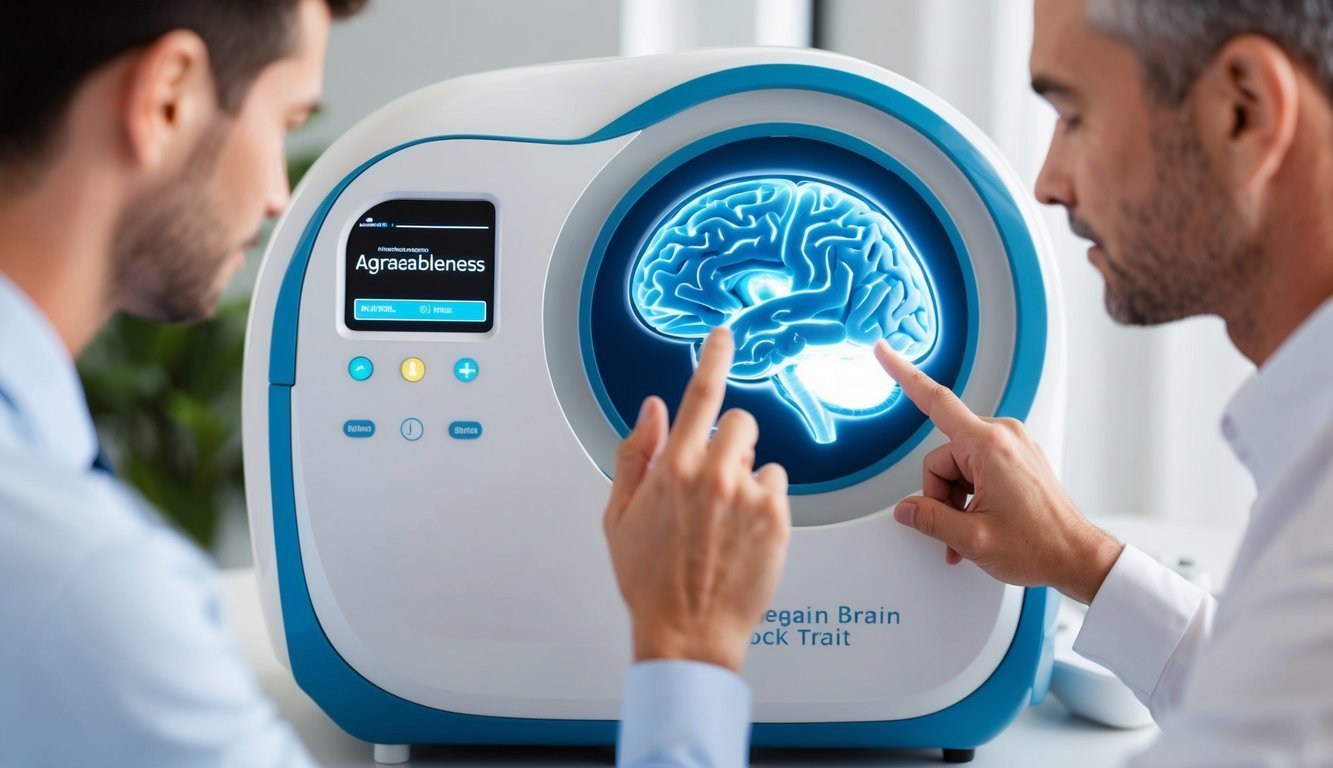
The study of personality traits has evolved significantly. It has revealed fascinating links between our brains and our behaviors. One key area of interest is agreeableness, a trait from the Big Five personality model. Recent research shows that brain scans can detect levels of agreeableness. This highlights how personality traits are not just psychological but also rooted in brain structure.
Understanding how agreeableness manifests in the brain can shed light on how individuals interact with one another. For example, people with higher agreeableness may show distinct brain patterns that suggest a stronger ability to empathize and connect with others. This raises intriguing questions about how our brains shape our social experiences and relationships.
As science continues to explore these connections, the implications for understanding human behavior grow. Recognizing the brain’s role in personality provides deeper insights into why some people are more cooperative and trusting. This knowledge could even pave the way for improving interpersonal dynamics in various settings.
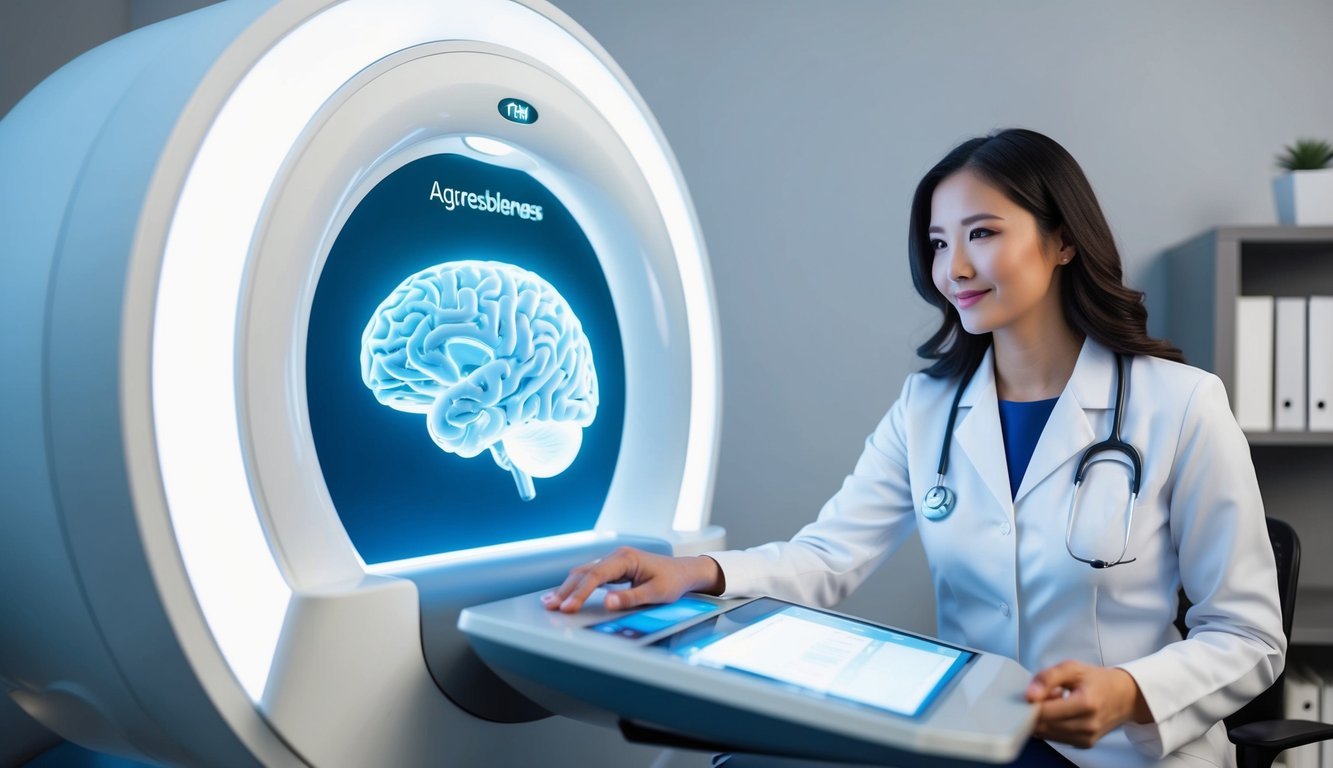
Agreeableness is an important personality trait that influences how individuals interact with others. It reflects a person’s tendency to be compassionate, cooperative, and helpful. This section explores the key traits associated with agreeableness and its role in the Big Five personality model.
People who score high in agreeableness often display specific characteristics. They are typically:
These traits contribute to positive interactions and relationships. Agreeable individuals are generally seen as warm and friendly, creating a supportive environment in group settings.
In the Big Five personality model, agreeableness is one of the five major traits alongside openness, conscientiousness, extroversion, and neuroticism.
This model helps in understanding human behavior. Agreeableness is linked to enhanced social interactions and stronger relationships. Research shows that individuals with higher levels of agreeableness often enjoy better teamwork and collaborate well with others. Their cooperative nature plays a key role in personal and professional success.
Agreeableness can also impact how one experiences various emotions. For example, agreeable people might more easily empathize with others, thus improving their emotional intelligence. Understanding this trait is vital for personal growth and effective communication.

Brain imaging techniques provide insights into how personality traits, like agreeableness, manifest in brain structure. These methods allow researchers to observe specific brain regions and understand their links to individual differences in personality.
Brain imaging uses technologies like MRI to capture detailed images of the brain. This technology helps to observe areas related to personality traits in living subjects.
For instance, studies show that higher agreeableness is associated with increased surface area in the left superior temporal gyrus. This brain region is linked to social processing and understanding emotions, which aligns with the characteristics of agreeable individuals.
MRI can also measure brain thickness, providing details about how personality traits may correlate with variations in brain structure.
Different personality traits can be linked to specific brain structures. Research indicates that agreeableness may correlate with significant differences in brain regions.
Key areas include the cortex, which is responsible for higher brain functions. People with high agreeableness often have thicker cortices in regions involved in social interaction.
Additionally, variations in the surface area of certain brain areas have been noted in studies focused on personality. These findings suggest that brain structure might affect how individuals experience and express their personalities. Exploring these connections helps to deepen the understanding of personality neuroscience.
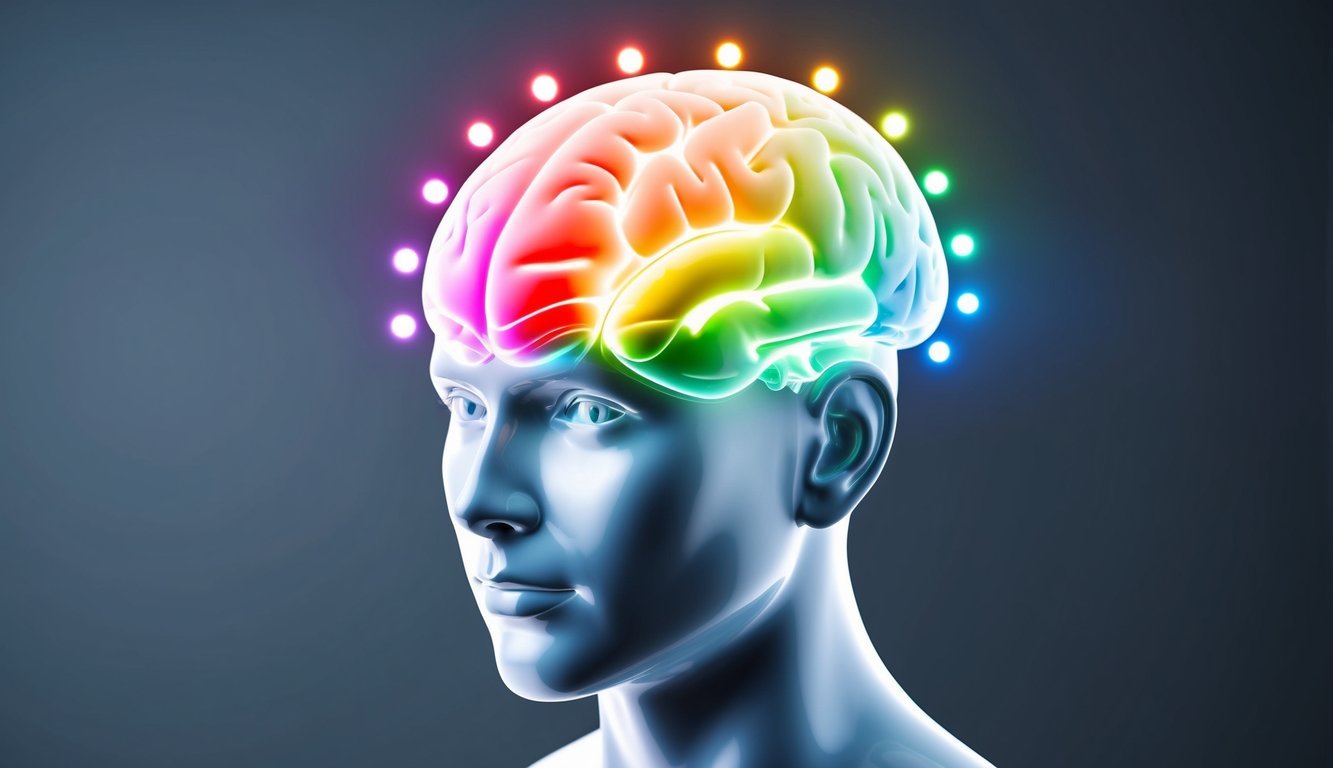
Brain scans can help researchers understand the personality trait of agreeableness. This trait relates to how much a person cares about others and acts in a prosocial way. Specific brain regions and features can indicate levels of agreeableness.
Research has found that certain brain areas are linked to agreeableness. Key regions include the medial orbitofrontal cortex and the lateral prefrontal cortex.
Imaging studies show that these areas can become more active in those who score higher on agreeableness tests.
The cortical stretching hypothesis suggests that changes in brain structure relate to personality traits. For agreeable individuals, this can mean differences in the thickness of the cortex. Research indicates that people with higher agreeableness often have distinct cortical features.
Brain imaging studies have supported the idea that these structural features connect with how agreeable a person is.

Personality factors are interconnected, influencing each other in various ways. Understanding this interplay can help in recognizing how traits like agreeableness relate to other characteristics within the Big Five model.
The Big Five personality traits include agreeableness, conscientiousness, extraversion, neuroticism, and openness. Research shows significant correlations among these traits. For instance, individuals who score high in agreeableness often also show higher levels of conscientiousness.
This means they tend to be responsible and organized. Extraversion can also relate to agreeableness, as sociable individuals may be more empathetic and cooperative. The connections among these traits highlight individual differences in behavior and how they affect interactions in social settings.
While agreeableness is significant, the other Big Five traits are also important. Openness relates to creativity and intellect. Creative individuals may have unique perspectives and ideas.
Extraversion influences social activities and one’s energy in social gatherings. On the other hand, neuroticism can affect emotional stability, making some individuals more sensitive to stress.
Understanding how these traits interact provides deeper insights into personality. Each trait complements and contrasts with others, shaping how individuals approach life.
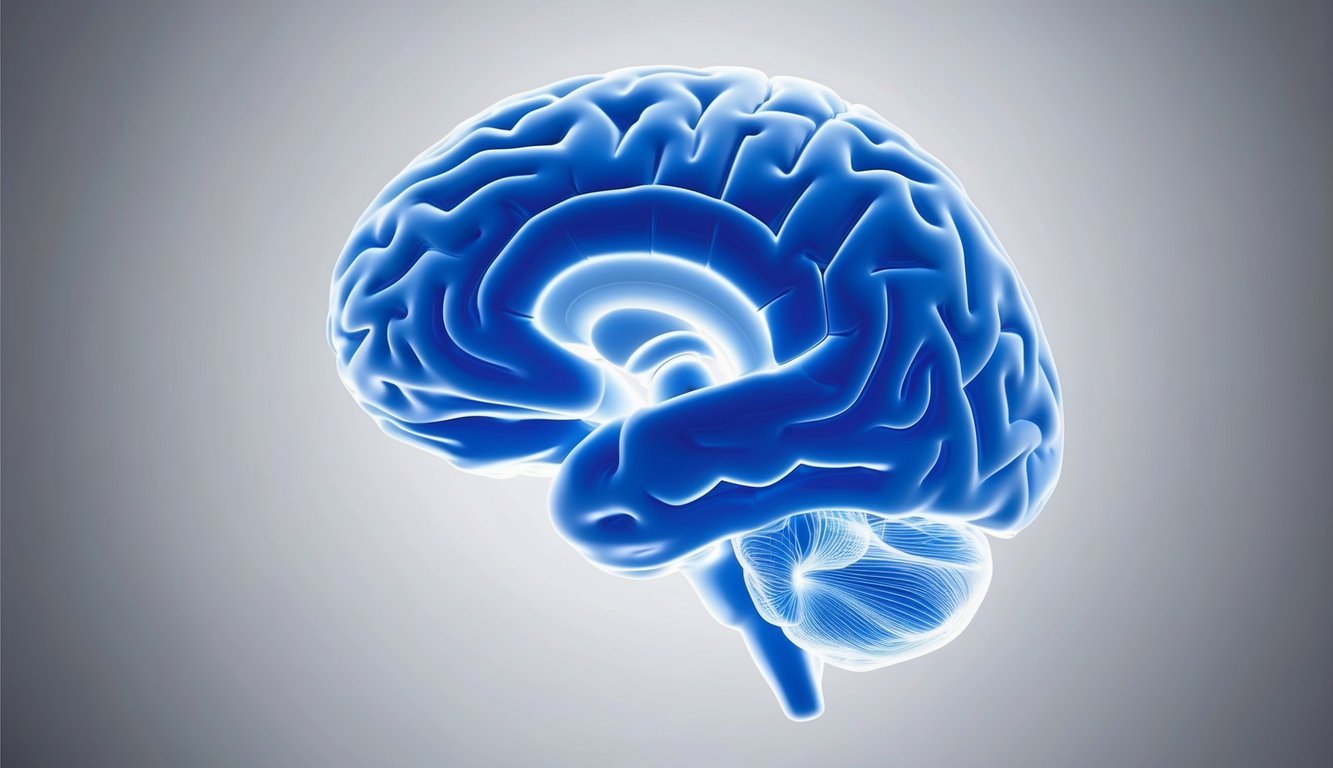
Personality traits play a significant role in shaping mental health. Among these traits, agreeableness is linked to various mental health outcomes. Understanding how these traits affect emotional well-being can help in recognizing and addressing mental health issues.
Agreeableness refers to a person’s tendency to be kind, understanding, and cooperative. Research shows that individuals high in agreeableness tend to experience lower levels of depression and anxiety. They often have strong social support networks, which are crucial for mental health.
Conversely, low agreeableness may lead to increased conflict in relationships. This can result in feelings of loneliness and stress. Highly agreeable individuals may also respond more positively to therapy, as they are open to understanding their emotions and others’ perspectives.
Personality traits, including agreeableness, influence the risk of various psychiatric conditions. Low agreeableness has been linked to higher rates of neuropsychiatric disorders. These can include depression and anxiety, which are prevalent in those with difficult interpersonal relationships.
Genetic factors also play a role in this connection. Studies, such as those from the Human Connectome Project, suggest that brain structures related to agreeableness can impact mental health. Individuals with a strong sense of empathy, linked to high agreeableness, may have better resilience against mental health challenges.
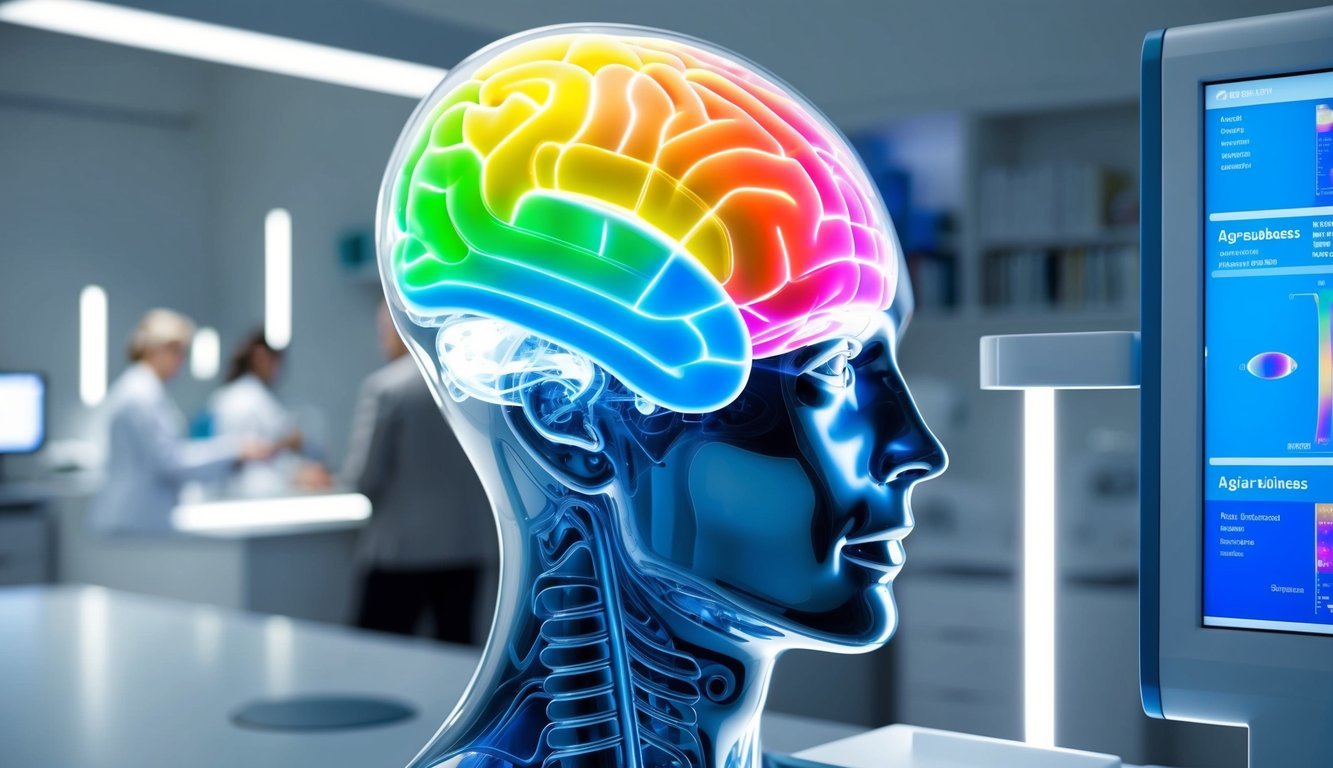
This section answers common questions about how agreeableness can be observed through brain scans. It covers the methods, brain areas involved, and the reliability of these measurements.
Researchers often use brain imaging techniques like MRI and fMRI. These methods allow scientists to see brain structure and activity while subjects perform tasks or respond to emotions.
Yes, MRI scans can show differences in brain structure linked to agreeableness. Specific areas of the brain may vary in size or activity based on a person’s level of agreeableness.
Studies have found that people with higher agreeableness tend to have increased activity in certain brain regions when processing social information. This suggests a connection between brain function and how empathetic a person is.
Neural indicators can be useful in predicting behavior, but they are not perfect. While brain activity may suggest a tendency toward agreeableness, many factors, including environment and experiences, also play a role.
The posterior cingulate cortex and areas of the prefrontal cortex are often associated with agreeableness. These regions are involved in social understanding and emotional regulation.
Researchers are still studying biomarkers specific to agreeableness. Brain structure and activity patterns serve as good indicators. Continued studies aim to identify clearer biological signals that correlate with this personality trait.